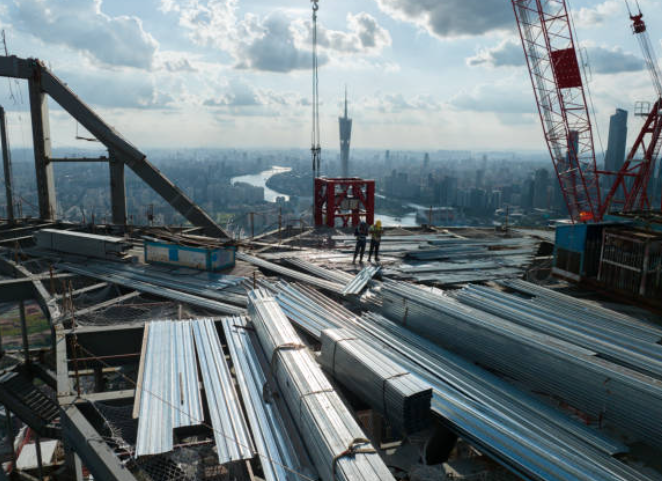
Posted on Wednesday, October 2, 2024
However, behind these components are small yet vital parts that hold everything together—fasteners. These screws, bolts, and anchors play an indispensable role in ensuring that metal buildings remain strong, durable, and able to withstand the test of time. This blog explores how fasteners, though small, have a massive impact on the integrity of metal buildings and the strict standards required to ensure their durability in extreme conditions.
Fasteners may be easy to overlook, but they are the critical components that bind metal structures together. From screws and bolts to rivets and anchors, these fasteners secure everything from the roof panels to the structural framework. Here are some of the most commonly used fasteners in metal construction:
In essence, fasteners are the connecting points that bring a metal building to life. Without these small parts, no structure would hold together efficiently.
Fasteners aren’t just manufactured without oversight—they are made to meet strict standards that ensure they can handle the demands of metal construction. Durability is key, especially since fasteners are the linchpins that keep a building intact in harsh environments.
Some key standards that fasteners must meet include:
By adhering to these stringent manufacturing guidelines, fasteners maintain their structural integrity, preventing premature failures that could compromise the safety of the building.
One of the most important roles of fasteners in metal buildings is their ability to ensure durability in extreme weather conditions. Whether it’s a coastal area prone to saltwater corrosion or a region known for high winds and heavy snowfall, fasteners need to perform under various environmental stresses.
The fastener industry continues to innovate, with new materials and technologies improving performance and durability. As the demands of construction evolve, so too do the fasteners used in metal buildings.
Fasteners may be small, but their role in metal buildings is undeniably massive. They hold together every component of the structure, ensuring stability, durability, and resilience against extreme weather conditions. By meeting strict manufacturing standards and incorporating innovations like advanced materials and smart technology, fasteners continue to evolve alongside the construction industry.
As construction trends demand greater efficiency and performance, these small parts will remain at the forefront of metal building design, ensuring that structures stand the test of time—regardless of the conditions they face. Whether it’s wind, saltwater, or temperature extremes, fasteners are truly the small parts with a big impact.

Understanding Coil IDs, Mandrel Sizing, and Shear Pin Safety in Uncoilers
Posted on Wednesday, October 1, 2025
Mismatched sizes can lead to machine damage, downtime, and safety hazards — often evidenced by a shear pin failure.

How Coil Tensile Strength Affects Roll Forming and How to Adjust Your Machine
Posted on Wednesday, October 1, 2025
Changes in tensile strength can significantly affect the finished profile, causing misaligned bends, uneven edges, and out-of-spec parts.

Why Paint Cracks on an Embossing Line Running Pre-Painted Coil and How to Prevent It
Posted on Wednesday, October 1, 2025
This issue not only affects the visual quality of the product but can also lead to increased scrap rates and customer complaints.

The Most Popular Standing Seam Metal Roof Panels in the U.S. — A Comprehensive Guide
Posted on Monday, September 29, 2025
In this post, we’ll explore what panel styles and sizes are most popular in the U.S